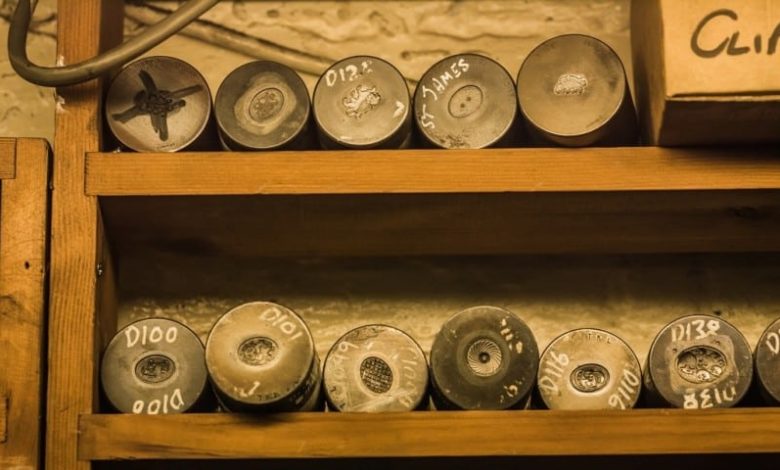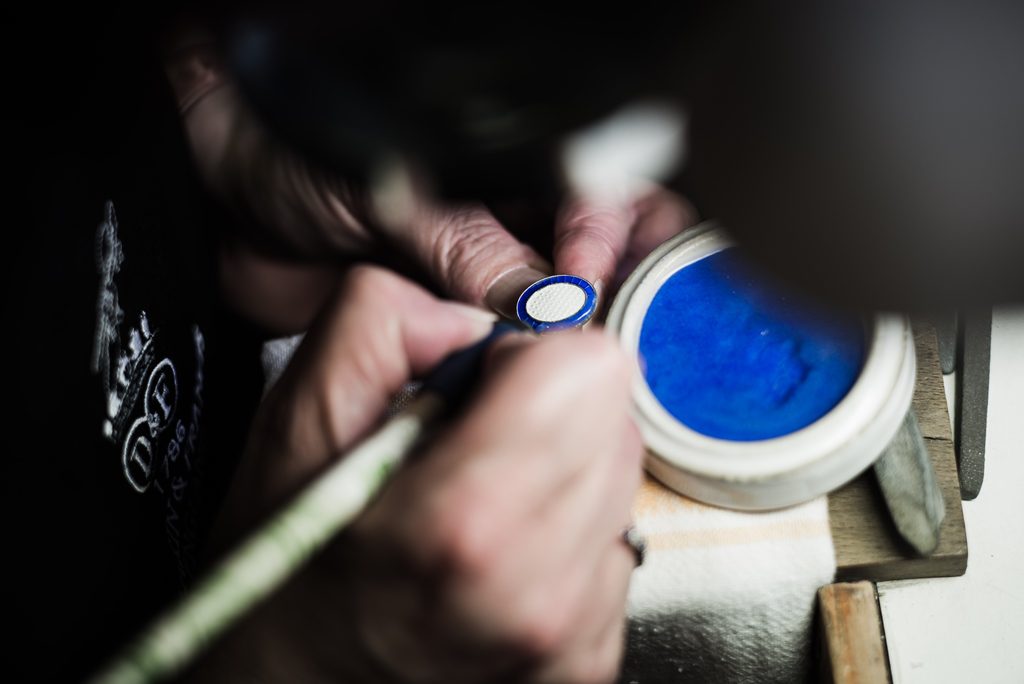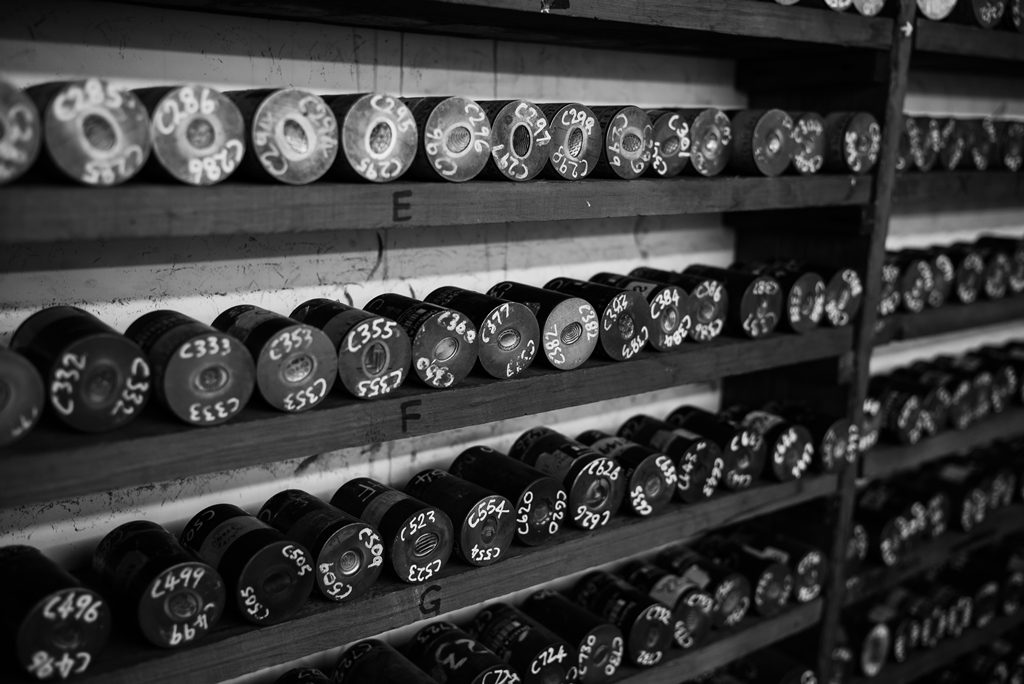
Register to get 1 free article
Reveal the article below by registering for our email newsletter.
Want unlimited access? View Plans
Already have an account? Sign in
[intro]The Intellectual Property Act 2014 may help those designs that are registered, but TOM DAVIS finds out retailers have a duty to protect the large wealth of jewellery designers who have limited protection for their unregistered designs.[/intro]
[dropcap]O[/dropcap]n October 1 the new Intellectual Property (IP) Act 2014 was introduced in an effort better to protect designers against cheap knock-offs. While it may go some way to achieving this aim, on closer inspection, one finds there is a profusion of jewellery designers and retailers who will remain in need of further protection.
In 2013 the UK was responsible for the largest number of detention cases reported by any EU member state, resulting in the interception of 3.3 million articles suspected of being counterfeit. This is according to the IP Crime Group, which was founded in 2004 by the Intellectual Property Office, in its Crime Report 2013-2014 published on the October 10.

According to the International Criminal Police Organisation (Interpol), an overwhelming 10% of global trade is counterfeit. This is of particular concern for retailers, and here’s why. The Office for Harmonization in the Internal Market (OHIM) produced a survey titled European Citizens and Intellectual property: Perception, Awareness and Behaviour, which polled 26,500 European consumers. It found that one in five (19%) UK consumers thought it was acceptable to purchase counterfeit products when the cost of the original was “too high”.
Designers of jewellery, and this includes jewellery retailers who also make their own products, are facing frequent challenges to protect their designs against the importation of cheaper fakes, not least because consumers apparently abandon their morals over a certain price point.
What does the new IP Act change?
The new IP Act means that intentional infringement of a registered design is now a criminal offence. Stephen Welfare, partner and head of of the intellectual property unit at Royds Solicitors says: “It is now a criminal offence, in some circumstances, to infringe a registered design. So for blatant copying, this is a tough new measure, and it recognises the importance of design to the economy as much as, say, music, which is protected by copyright, and branding, which is protected by trademarks.”
Jewellery manufacturer Deakin & Francis, which has always taken protecting its designs extremely seriously, welcomes the introduction of the new act. James Deakin, gemmologist and designer for D&F, says: “We take protecting our designs incredibly seriously and this new act, along with becoming a member of Anti Copying in Design (ACID), gives us a huge amount of confidence and relief. We have had numerous problems in the past but having an official channel to protect jewellery designers and prosecute people is absolutely extraordinary. Unlike before, we are no longer on our own.”
What changes for jeweller?
If a certain proportion of the general public has a taste for buying counterfeit goods, how does the jeweller go about shifting the more expensive (and genuine) branded items? According to the IP Crime Report, the availability of counterfeit goods costs the UK economy at least £1.3bn per year in lost profits and taxes. With a new criminal deterrent it is likely that the number of infringed designs on the market will drop, leaving a larger market for retailers to sell to. But they must play their part.
“Retailers need to be sure, nobody else has marketed it anywhere else.”
An important element of the IP Act is the provision that design rights, including unregistered designs, now belong to the designer. Previously they would belong to the commissioning party. It means that if a jewellery retailer was to commission a new design, the rights now belong to the designer. Retailers should also make sure that when they buy designs from outside of the EU, they have the rights to sell that product in the UK – once someone has sold that design in the UK they automatically get the UK design rights.
Michael Jaeger, senior associate at Withers & Rogers, says: “Retailers need to be sure, nobody else has marketed it anywhere else. They should be going to the foreign manufacturing and design companies and either getting warranties from them saying ‘this is confirmation that this not being sold elsewhere in the world before selling it to us’, or a warranty that they will pay for any legal actions, or that they are free to sell the design.”
Can retailers help protect designers?

It is important for retailers to keep in mind that working hand-in-hand with designers is essential to the jewellery industry. One way in which jewellery retailers can help protect original designs is signing up to the ACID Marketplace, which from 2015 will be open to non-members. Jewellery retailers can register to the marketplace by signing a buyer’s charter, the purpose of which is to provide a safer trading environment while offering greater protection to the unregistered designers who are signed up to it.
Dids Macdonald, CEO of ACID, says the body will be “going to be out there providing what we consider to be a safer online trading environment, to encourage retailers to sign up and support British design and be able to access design.”
Secondary Infringement
It is also important for retailers to protect themselves, as there is a risk that as a seller of products, a retailer may become a secondary infringer if they sell counterfeit goods. This becomes even more important under the new IP Act as individual board directors, can also be liable under criminal law. Michael Rawlinson, chief executive of the National Association of Goldsmiths (NAG), said: “I think the role of the retailer is to protect themselves, it is everybody’s commercial responsibility to protect themselves so if the retailer is buying in works then they should ensure that the supplier is warranting that they are their own designs and that they are protected from any potential claims.”

From a consumer point of view Kelly Hudson, senior solicitor at McDaniel & Co, believes that it is important that retailers protect themselves against potentially becoming a secondary infringer, in the social media age a business’ reputation can be destroyed in an instant. She adds: “There is a big corporate social responsibility and a buzz around original British design. It looks terrible for them if you can say there’s this lovely local designer that works in a small studio in Yorkshire and has a family and two kids that they’re supporting and you’ve gone and bought they’re knock off design from somebody outside the EU who does it 50 pence cheaper.”
Protection for unregistered designs
Some think the IP Act may actually only have a limited impact on the jewellery industry. Jewellery retailers and designers are constantly keeping up with the demand of new trends which means brands are constantly designing new jewellery – this naturally makes registering a design for many jewellers unviable. For the IP Act to have a real impact on the jewellery industry the next step is for unregistered design right infringement to become a criminal offence. ACID has campaigned for this greater protection for several years.
“This is a seismic change in thinking.”
Macdonald adds: “I think that the fact we won it against huge opposition is a major step forwards, we will be keeping up the momentum to ensure that unregistered designs are also covered in the act. There’s no reason why it shouldn’t be, we started off with nothing, several years ago, and now : it’s clear that copying is increasing its clear that majority of UK and EU designers rely on unregistered design right.”
The IP Act will certainly have an impact on designers who register their designs and at the same time it provides an enormous deterrent for the millions of criminally infringed designs entering the UK. In return this can only be a good thing for both retailers who want to sell their own unique designs and retailer who want to sell the real designs of known brands, but until there is more protection for unregistered designs, the UK design industry remains vulnerable, and in many ways still at the mercy of the mass-produced knock-off.
[alert type=”success” main_text=”THIS ARTICLE WAS ORIGINALLY PUBLISHED IN THE NOVEMBER 2014 EDITION OF JEWELLERY FOCUS.” show_close=”false”]







